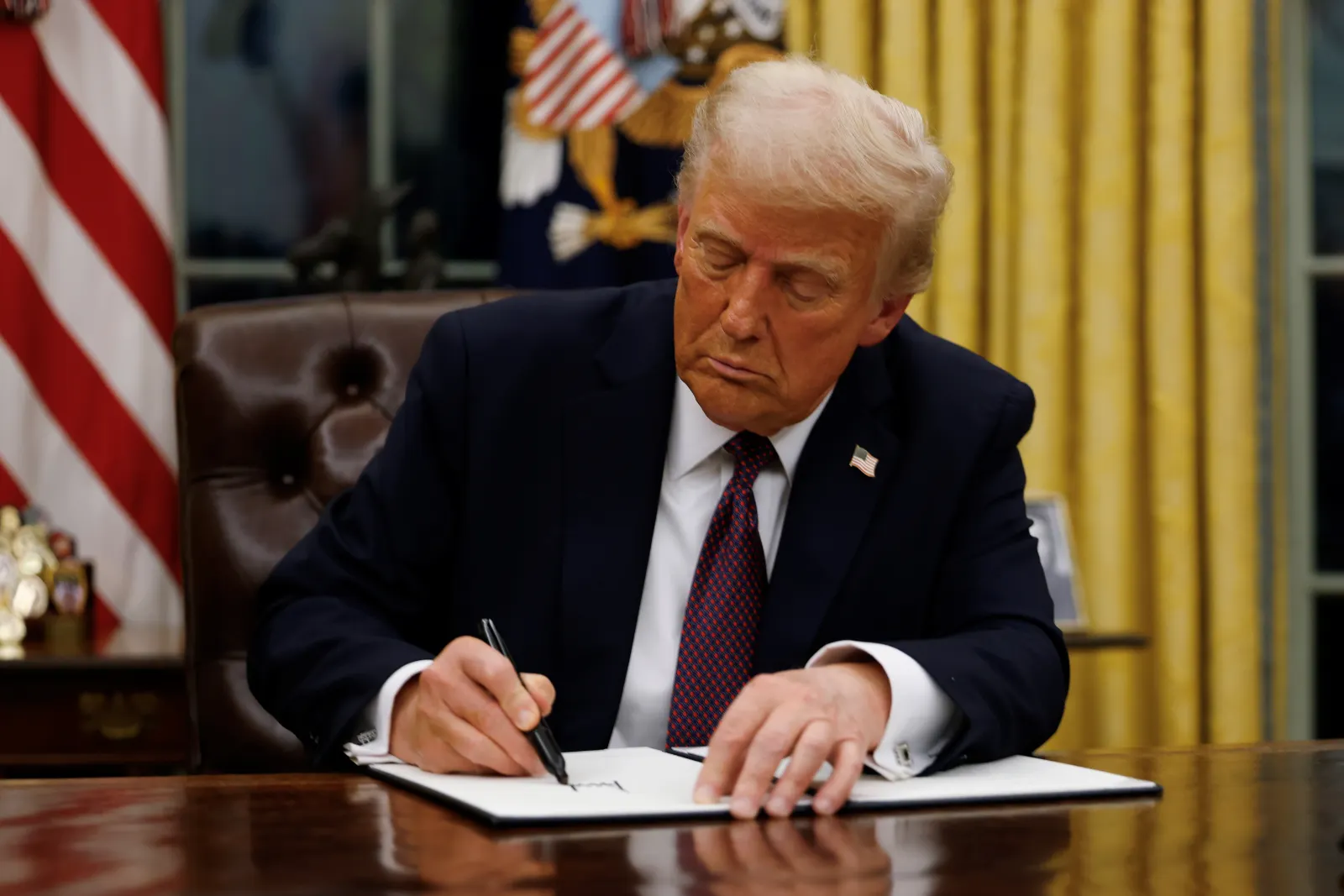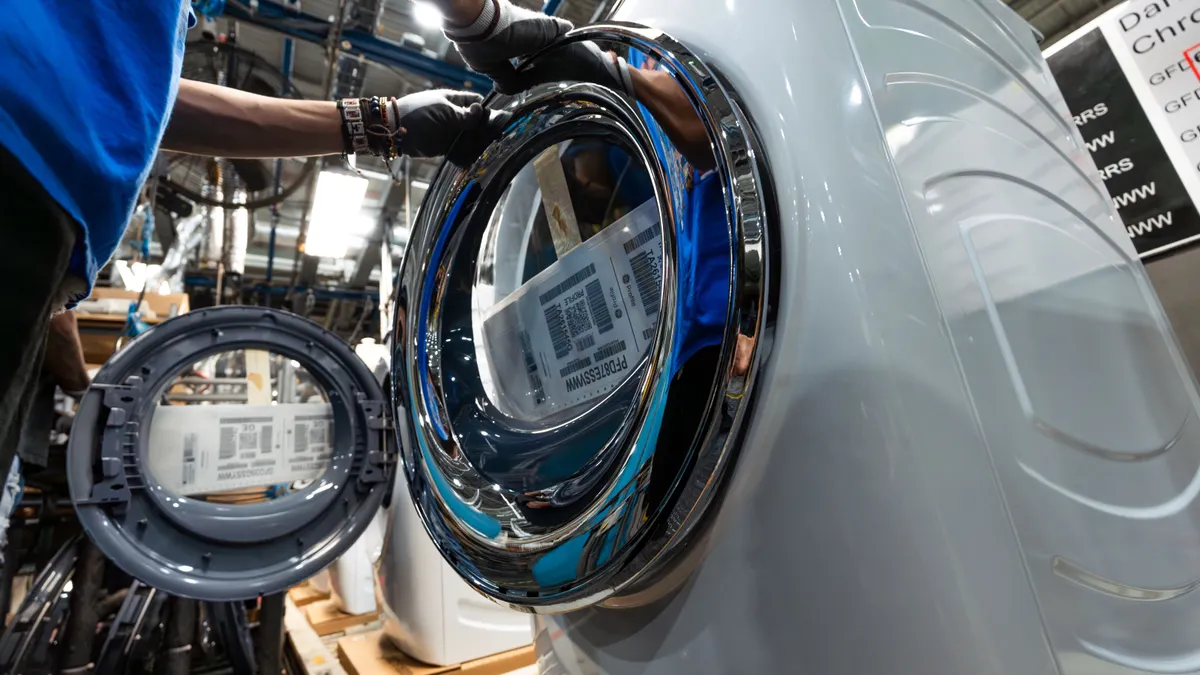Cost pressures, geopolitical tensions and tariff uncertainty are just a few of the factors weighing on procurement teams. In this tumultuous and ever-changing landscape, evaluating procurement strategies and operations is critical to hedge supply chain anxieties.
In turn, the strongest procurement leaders are shifting how they think about the function. Twenty years ago, procurement was largely tactical and transactional.
“Then, boom, strategic sourcing showed up,” said Tyler Higgins, managing director at consulting firm AArete.
From there, procurement started to meld into a combination of annual contracting and tactical buying. Today — thanks to its perceived importance and the automation of manual tasks — procurement has evolved into an operational unit.
“[Procurement teams] are the engine that can drive change for an organization,” said Higgins.
The procurement function has more factors to consider today than in the past. Cost is critical, but so are continuity of supply, geopolitics and sustainability, said Chris Sawchuk, principal and practice leader of global procurement advisory at The Hackett Group. And because of that, the profession is adapting.
“It’s going to become a much more complex job,” Sawchuk said.
Here are four ways leaders can manage procurement complexities in 2025.
1. Expand options
Tariff uncertainty is a major challenge for procurement leaders today.
Over the last few months, the Trump administration has levied new tariffs on multiple trading partners, including several hikes for goods from China, while instituting sector-specific duties on steel and aluminum imports, as well as cars and auto parts.
To mitigate tariff-related risks, firms must have options — a lesson ingrained in procurement leaders since the COVID-19 pandemic, said Lenora Sevillian, director of procurement at Nova Southeastern University. The pandemic illustrated the importance of prioritizing deep relationships while not relying on single suppliers, she added.

One way to expand a company’s options includes forming a more geographically diverse supplier base, Higgins said. For example, with goods from Mexico and Canada that are not compliant with the United States-Mexico-Canda Agreement currently subject to 25% tariffs, a U.S.-based company may want to consider domestic suppliers or those in Southeast Asia.
Companies can also explore alternative materials, according to Higgins. For instance, a manufacturer could source a slightly different grade of steel from a U.S. source rather than a Canada-based supplier.
2. Conduct value analysis and should-cost modeling
Monitoring costs is a top priority in 2025, according to Sawchuk. Although many procurement departments have moved away from ultra-low-cost models, keeping costs in check has become increasingly important throughout the last two years as inflation raised the price of goods.
To optimize costs, procurement leaders can conduct a value analysis, Sawchuk said. By considering alternative materials or processes with more cost-effective options, companies can then prioritize costs without sacrificing performance or quality.
In a similar vein, teams can use should-cost modeling, which estimates the ideal costs of a product or service based on various factors such as manufacturing, logistics and other expenses. The data gleaned from should-cost modeling can be used for pricing forecasts and supplier negotiations.
“[Procurement teams] are the engine that can drive change for an organization."

Tyler Higgins
Managing director at consulting firm AArete
However, data derived from this type of analysis should be considered in the larger context of an organization’s goals, Sawchuk said. For example, reducing manufacturing lines could save costs, but does it risk downtime or reduced supply, costing more in the long run?
For Sevillian, the procurement department’s imperative goes beyond total cost of ownership or return on investment to balancing fiduciary responsibility to the entire organization.
“It's not just about how much money you can save,” Sevillian said. “It is holistically about how can you have cost avoidance? How can you bring value?”
3. Leverage AI and data
Using data and artifical intelligence insights can help procurement leaders better manage their sourcing operations.
Data is abundant within procurement operations, and can be sourced through supplier databases, contracts and producer price indices, Higgins said. The data can then be fed into algorithms and generated into dashboards or predictive models through artificial intelligence
“AI-driven procurement is a trendy term, but really I think there's a pragmatic element to it,” Higgins said.
AI can assist with the creation of digital twins or dynamic mapping, giving procurement professionals a real-time picture of their supplier network beyond tier 1. If a company can view possible risks coming down the chain from a tier 2 or tier 3 supplier, procurement leaders can prepare for possible cost hikes or delays, according to Sawchuk.
That strategy allows procurement professionals to “manage the entire supply chain and not just a supplier,” Sawchuk noted.
4. Automate contract lifecycle management
Along with AI, procurement leaders are turning to other types of technology to improve efficiency.
According to The Hackett Group’s 2025 CPO Agenda report, more than 60% of procurement executives surveyed expect to lean on automation and digital procurement in the next half decade. The Hackett Group’s findings are based on its 2025 Key Issues Study conducted in late 2024, which had a sample size of 2,000 global organizations.
Contract lifecycle management is an area particularly ripe for automation, Higgins said.
“There's almost this reinvigoration of ERPs, source-to-pay tools and CLM tools right now,” due to the plethora of available data and a number of new vendors entering the contract management market, he said.
Departments can automate the redlining of agreements, automatically validate and process invoices, and use technology to extract metadata from contracts using some of these tools.
In The Hackett Group’s survey, 45% of respondents said they’ve completed a large-scale deployment of technology within their CLM processes, and another 38% are piloting tech in that area.
Automating repetitive processes frees procurement departments to focus on tasks best suited to humans, like supplier relationships, said Sevillian.























